Welcome to part three of our Spotlight on the Artists. In each article I’ll be sharing five of our contributors with you, telling you a little bit about their work and where you can see more. And of course, encouraging you to support our kickstarter campaign to get the book made!
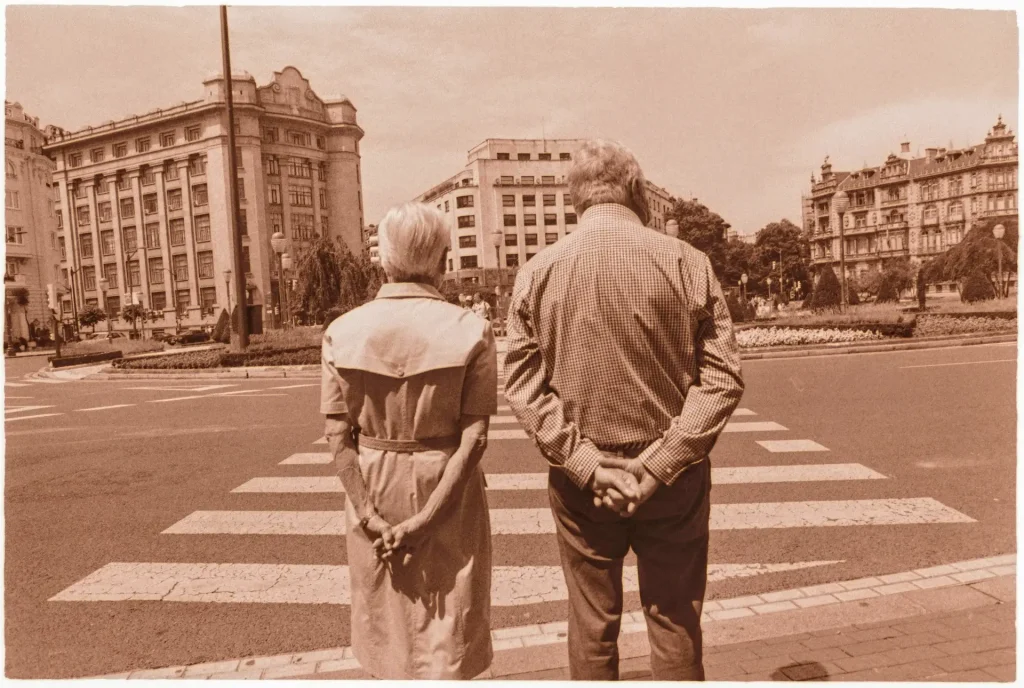
Ricardo Andrade
Ricardo is based in Spain and has written a couple of articles for 35mmc.
“I have never shot any black and white film that had not expired. I have never taken a photograph I am technically or artistically proud of. I am just an anonymous film photographer with no public social media account. I shoot film due to an unusual situation. I work as a microscopist in Life Sciences at the University of the Basque Country. In my daily job I use digital imaging and fancy microscopes to unravel the mysteries of biological structures. However, about 10 years ago I felt the nostalgia of film craftsmanship when I entered our old darkroom, opened up the fridge door and my retinas were flooded with that familiar yellow colour of a renowned photography brand. There were several hundred rolls of expired film abandoned on the bottom shelves. At the same time, I found my mum’s old Canon Canonet, and started getting interested in film cameras. I ended up having too many and suffering gear acquisition syndrome, and I learnt a bit about home film developing. My main source of inspiration came from walking the surroundings of Bilbao with a different camera every time (rangefinder, SLR, TLR, point & shoot) or film type (kodalith, TriX, Tmax, Pan F…). Regarding photography style, I may have a soft spot for elder people during their morning errands or when they sit on a bench in their neverending afternoons. But I also enjoy imaging tree branch silhouettes, facades, cliffs by the Basque seaside, or portraits of my family. Yep, I have no defined style, but I hope I can spend a few more decades playing around with film photography.
Like everyone else, this pandemic has changed the way I live photography: for months I was stuck at home, doing macro photography, experimenting with very low ISO film or confirming I suck at self portraying. When lockdown was finally lifted, everyone was aware of everybody else, and masks were the most unaesthetic portrait garment to photograph. Fortunately, I live in a country where most of its population is now fully vaccinated, so I hope someday we will return to the naive film photography we used to practice before a small virus entered our accommodated lives.”
You can read more about Ricardo Andrade photography in his two previous chapters written on 35mmc.
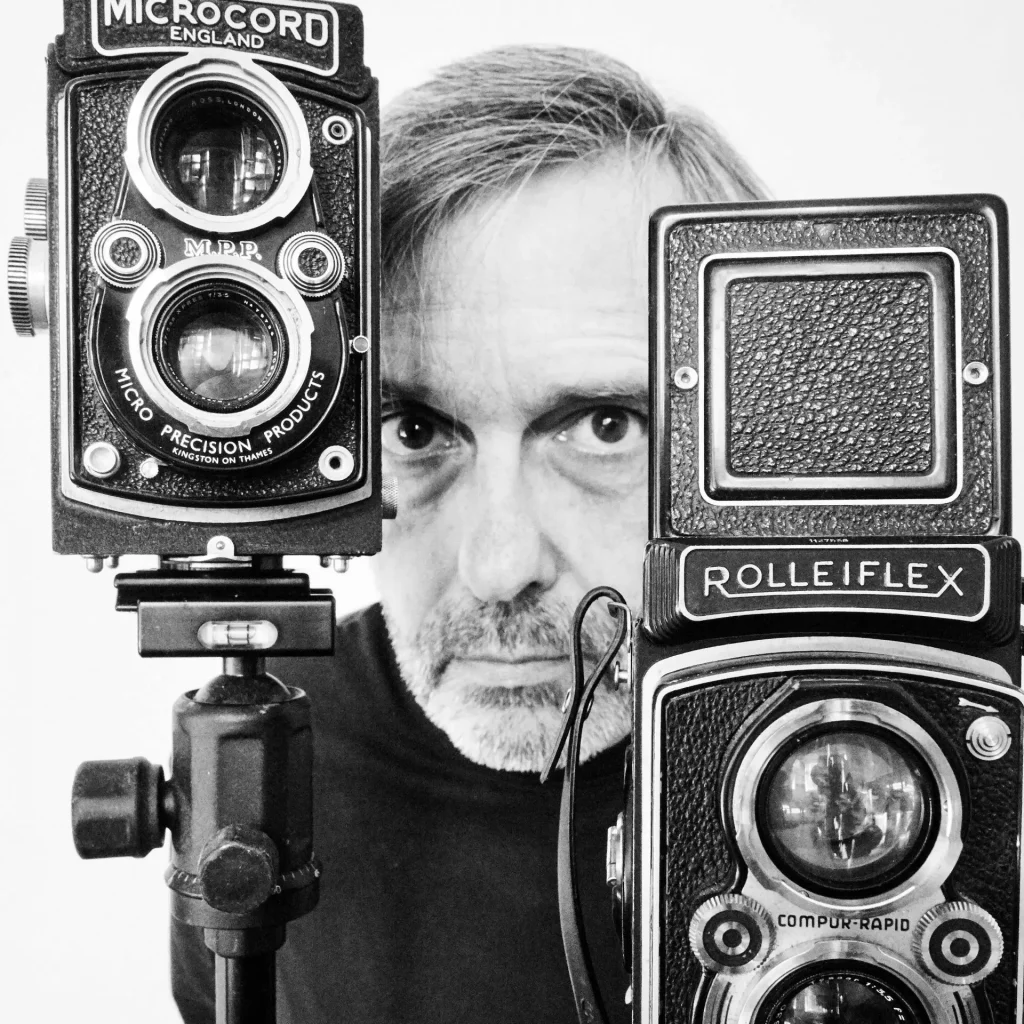
Bob Janes
Bob is a UK based photographer and is a retired IT Project Manager who does voluntary work as a stem-cell courier for the UK charity Anthony Nolan.
Bob’s photography interests stretch back many years. He has been involved with the administration of Dyxum.com (a site for Alpha system photographers) for over 15 years and writes occasionally on photographic subjects. Bob is a keen supporter of local educational projects in south-east London, with a particular interest in special needs provision. The Nolan couriers have recently restarted collections from abroad so Bob should be able to resume his travel photography.
You can see more of Bob’s articles on 35mmc here.
Markus Hofstätter
Markus is based in Austria, he has written for 35mmc and also runs the United Art Gallery. (See feature image for an example of Markus’ work)
“I am a portrait photographer who choses the collodion wet plate process as my main medium to capture light (and time – the light photons partly manifest the silver on the plate, thats why I feel that I capture time as well).
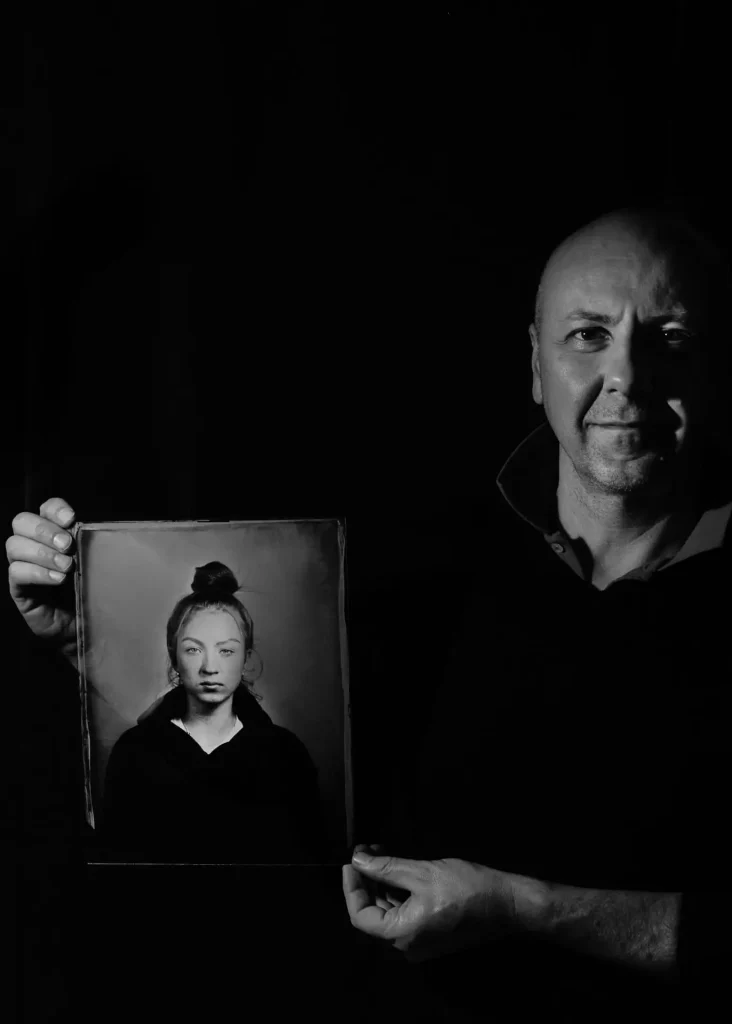
Jan Kratochvil
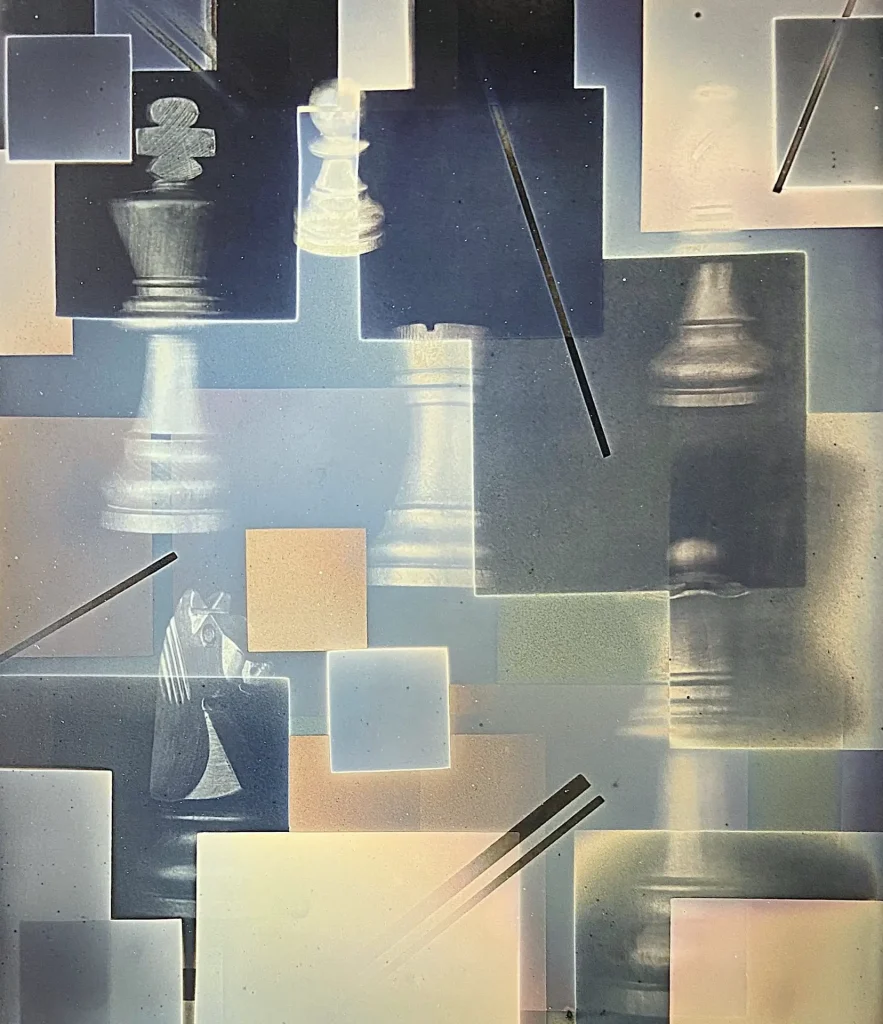
Anton Orlov
Anton is based in the US and currently is focused on Daguerreotype photography.
“Just as one cannot enter the same river twice, a truly perfect artist statement cannot exist but for a mere moment. A rigid text will quickly sink in the quagmire of formulaic mundaneness and clichés, so it only does well to prop up repetitive and unimaginative artwork. A strong image needs no words for crutches; it speaks its own language. Flowing within each capillary and artery of every dedicated artist is Real Inspiration. It is fluid, ephemeral, and ever evolving. A description of such inspiration within the stringent yet easily misinterpreted framework of writing is thus inherently flawed. With this in mind, I’ll do my best to put into words what it is about photography that keeps me spending my life in a darkroom.
When I was about six or seven years old, I watched my grandfather work the dials of an SLR while capturing a portrait of me. After he emerged from a red-lit room with contact prints in his hand, I saw my grandmother select the frames to be enlarged. There and then, I realized that photography somehow captures a natural moment by way of light, and I never wanted to know more about any other subjects ever since. Light shines indiscriminately upon all in its path, and the main focus of my work is to translate into visual format my awed experience of existing within that light.
No other art has a more intimate relationship with light than photography. While light is the primary component of all photographic mediums, lately my focus has been directed toward the ability of an image to change and modify light itself. This is afforded uniquely by the medium of daguerreotype, the 180-year-old method of capturing reality that brought photography into the world. Opalescence is the property of certain surfaces of objects that allows them to refract light into various bands of visible spectrum depending on angle of light and the viewer’s position. In nature opalescence can be observed in the shifts of color upon the wings of some butterflies, or the play of light upon the surface of a pearl shell. The daguerreotype, with its silver image particle nanostructure, is the only medium exhibiting this effect, and up to now this wondrous quality has been almost entirely unexplored. While it is impossible to describe in words the experience of interacting with a well-made daguerreotype and all its complexities, a discerning viewer will undoubtedly fall in love in the presence of a beautiful plate.”
You can see more of Anton’s work on his website.
Once again, I hope you can see the broad range of styles and approaches to photography that are featured in the book. We really are very keen to see this book made, and really do appreciate every penny that’s pledged toward the goal!
Thank you for reading and let us know in the comments if you have any questions for our wonderful contributors!
I have to end by saying please don’t forget to back the Kickstarter HERE!
Share this post:
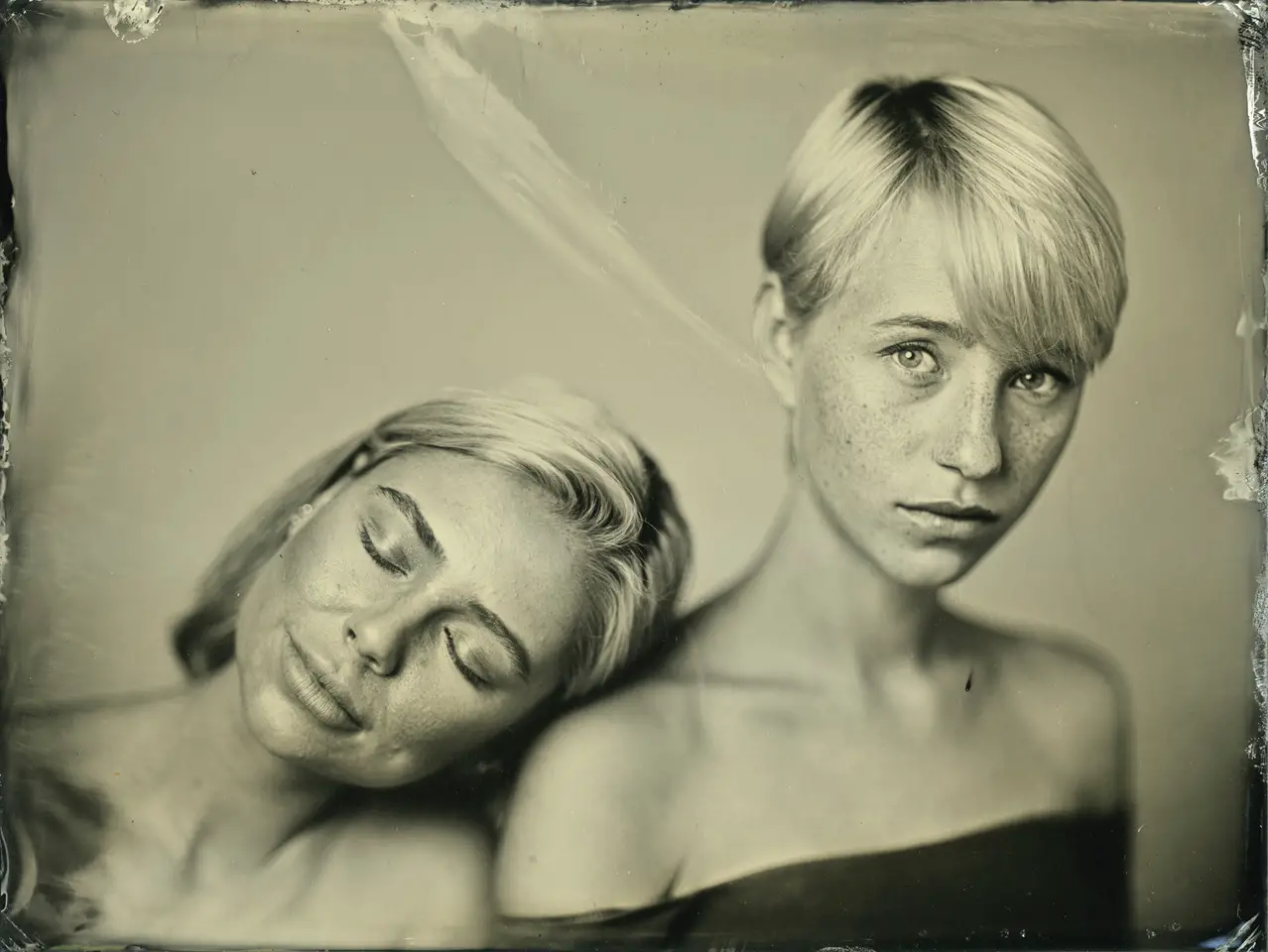
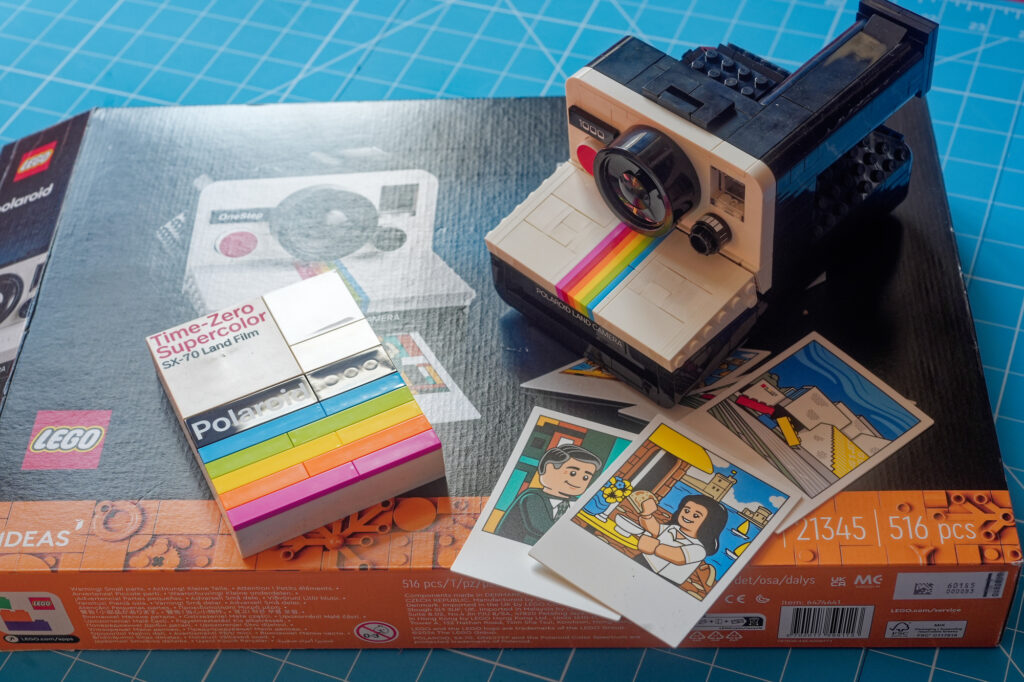
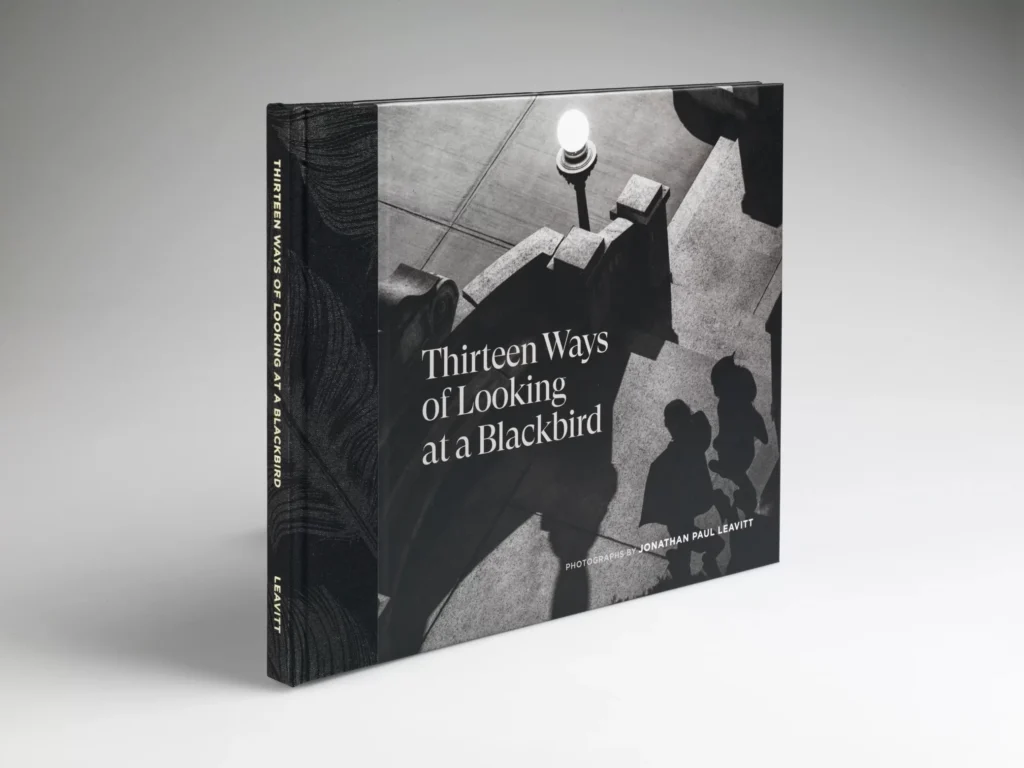
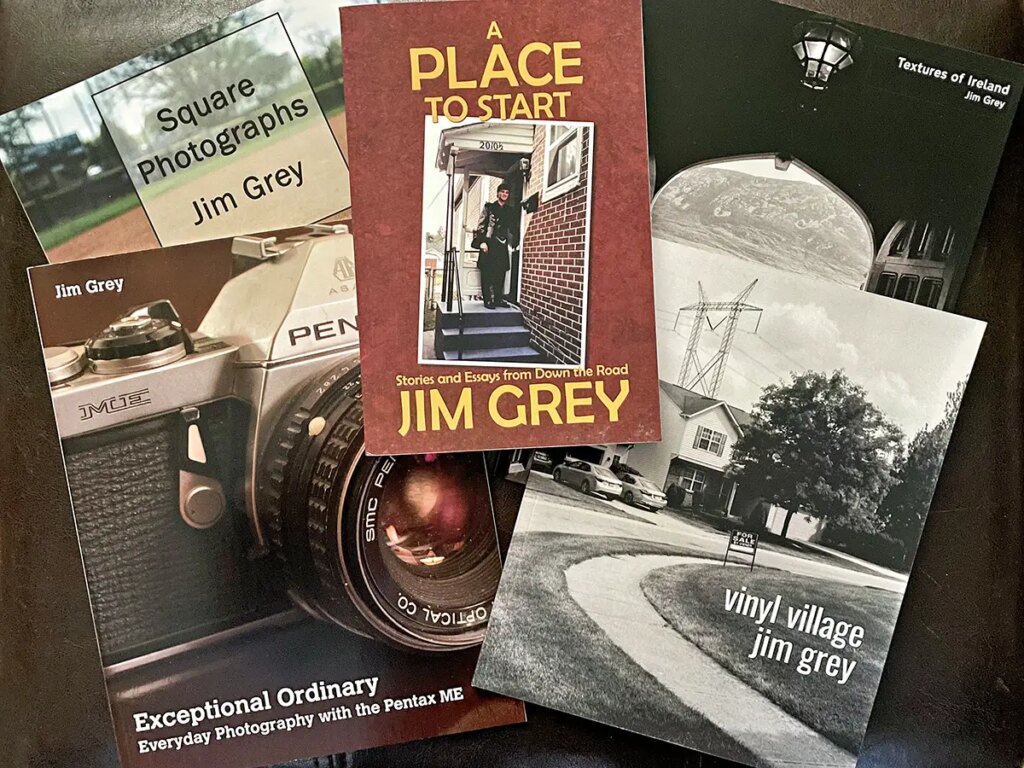
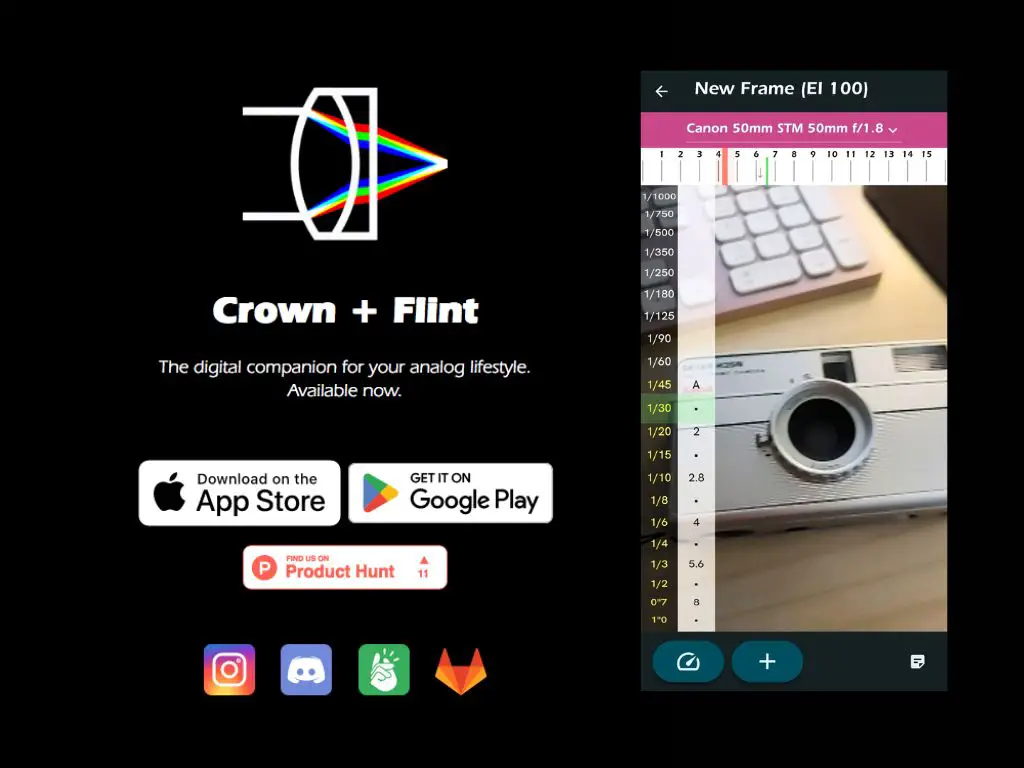




Comments
Williamson on Photography Through The Pandemic – A Spotlight on the Artists: Pt 3
Comment posted: 07/10/2023